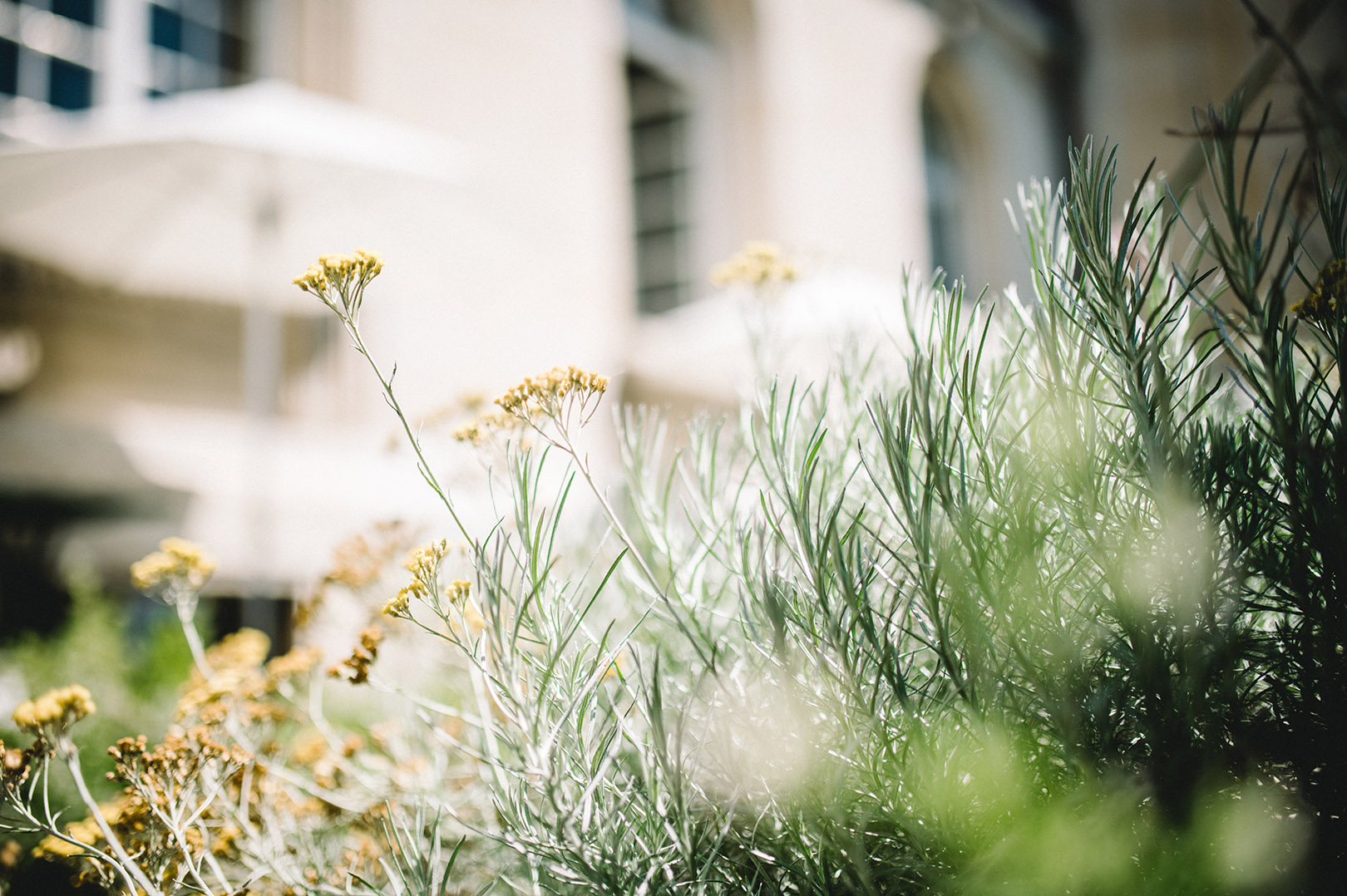

-
Visit
Opening hours From Tuesday to Sunday
October to March:
10:00 - 17:00
April to September:
10:00 - 18:00Contact emailEntrance feesAdults: CHF 15.00
Reduced rate: CHF 12.00
Children 6-15: CHF 6.00
Children 0-5: FreeAddressQuai Perdonnet 25
CH-1800 Vevey
Switzerland - Learn & Play
- About us
- Accessibility
Welcome !
Think. Learn. Interact.
Create an account in seconds and discover the amazing Alimentarium experience !

The Garden of Life and Death #1, #2 and #3
The SYSTEMA ALIMENTARIUM exhibition features the world premiere of a monumental video work by Theo Eshetu, specially commissioned by the Alimentarium.

Does it flow?
Have you ever wondered where the water you drink comes from? How is this resource regenerated?

Open kitchen
Step into the kitchen, where our skilled chef will share their expertise with you.

Cooking together
Take advantage of every opportunity to create seasonal specialties! It’s so good so cook with four hands and then enjoy seasonal delights!

New Year's Eve – The hidden treasures of oysters
Opening an oyster is like uncovering a secret... The ocean in a single bite!

This month at the Alimentarium
Take part in culinary classes or workshops for adults, children, groups, companies or schools and get cooking!
More infoOur Museum is open as per its usual hours. We look forward to welcoming you!
Entrance fees
Per person
Adults CHF 15.00
Reduced rate CHF 12.00
Children 6-15 CHF 6.00
Children 0-5 Free of charge
Groups, from 6 to 12 years old
CHF 350 per group
Is it your birthday? Put on your apron and come prepare a healthy and tasty snack with your friends in a kitchen specially designed for children! You’ll leave with a small gift, some recipes, and lots of happy memories!
Groups, from 6 to 12 years old
CHF 360 per group
The whole class gets cooking to prepare a complete menu in our kitchen specially designed for children.
From 6 years old
CHF 25 per participant
Take every opportunity to create seasonal specialties in full collaboration with your loved ones!
Sharing knowledge and skills is what we do. With passion. That’s why the Alimentarium organises daily culinary workshops and classes led by qualified chefs.






